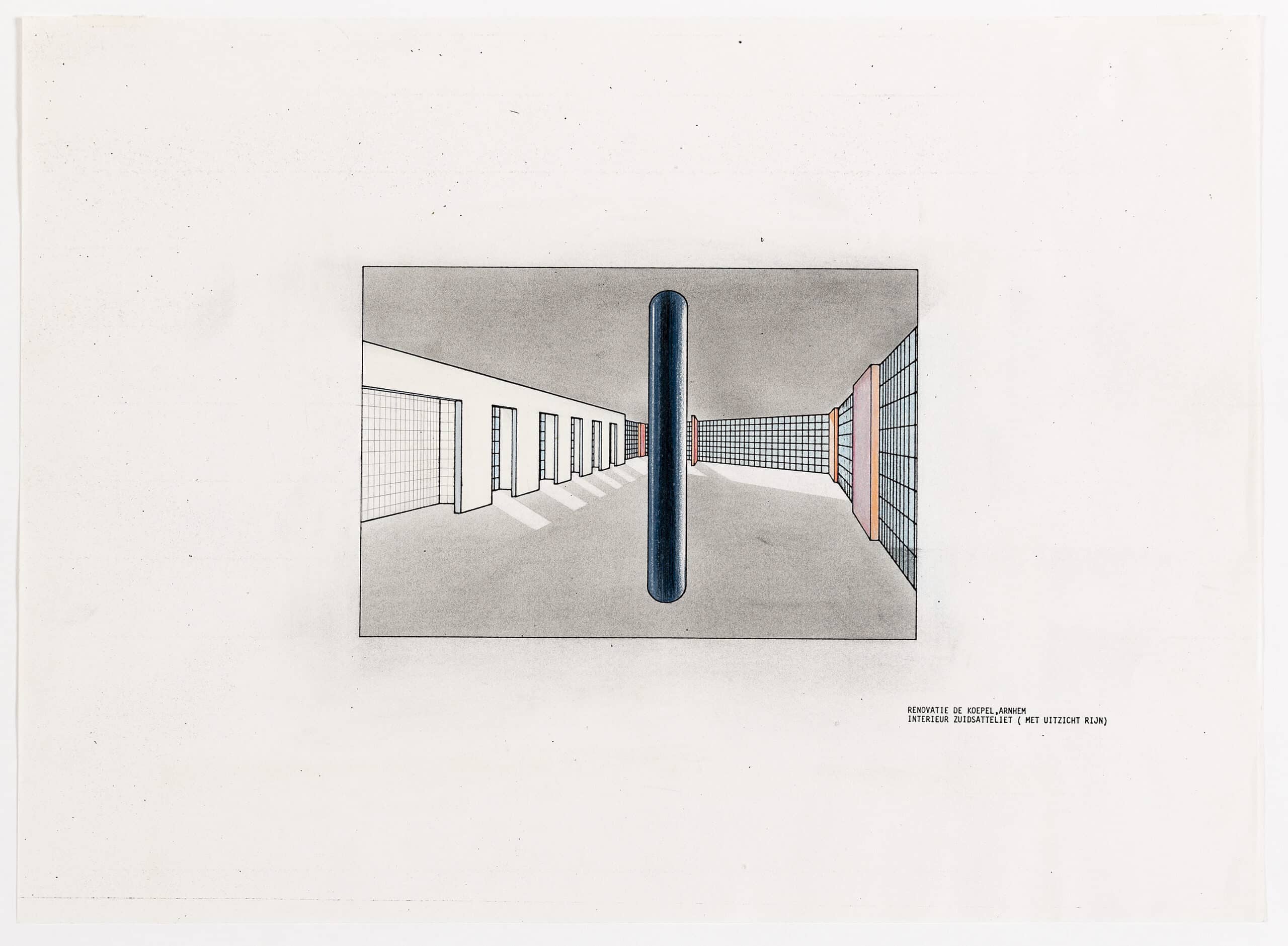OMA: London—Foreplay
This is the first post, in a series of six, titled OMA CONVERSATIONS. The series is the result of a collaboration between Drawing Matter and architect Richard Hall who, over the past two years, has conducted twenty-three in-depth conversations with key collaborators working with OMA during its formative years. Drawing Matter has long had an interest in the work of OMA in this period, in particular the role of Rem Koolhaas in establishing the model of a horizontal organizational structure and the purpose, and techniques, of drawing in its distinctive repertoire.
LONDON–FOREPLAY draws on conversations with Alex Wall, Matthias Sauerbruch, Ron Steiner, Elias Veneris, and Stefano de Martino, and tracks the early intellectual positioning developed by the founding members, primarily in London but also overlapping with OMA’s short-lived branch in Athens and the instigation of OMA Rotterdam.
Upcoming posts in the series include focused conversations with Elia Zenghelis and Rem Koolhaas. Find more about the project, including a list of the upcoming posts, here.
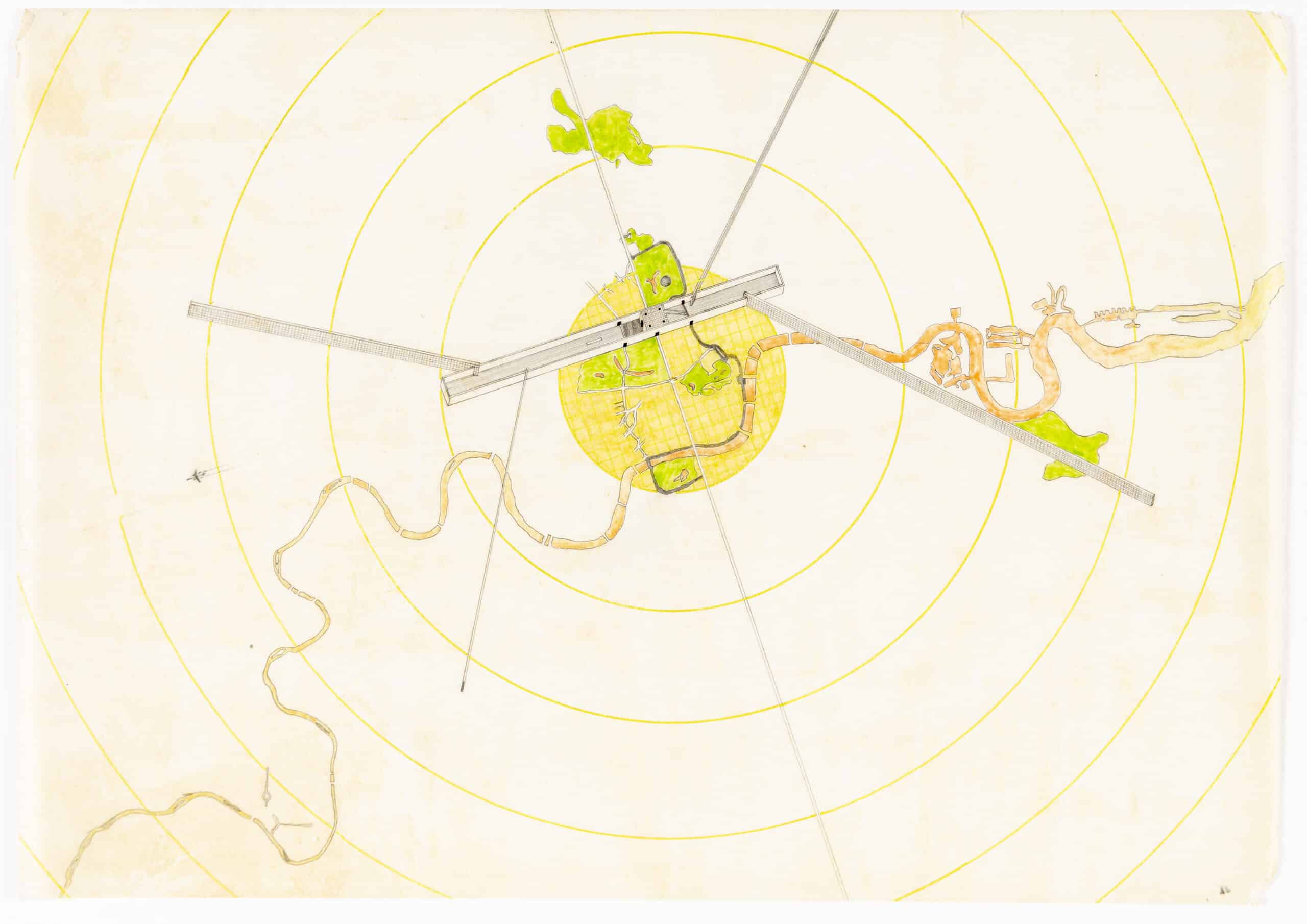
OMA was founded by two couples in a French-Japanese restaurant in New York City on 1st January 1975. The four original partners—architects Elia Zenghelis and Rem Koolhaas, and artists Zoe Zenghelis and Madelon Vriesendorp—had already collaborated on Exodus, or the Voluntary Prisoners of Architecture, prepared for the 1972 Casabella competition, ‘The City as Significant Environment.’ The project extended from Rem Koolhaas’ history thesis, The Berlin Wall as Architecture, undertaken at the Architectural Association where Koolhaas had been a student of Elia Zenghelis.
After the ‘official’ founding of the office, the foursome would continue to collaborate in various proximities and constellations (alternately spread between New York and London, and later also Athens and Rotterdam) with the support of collaborators chosen from their student cohorts at the AA. During this phase, OMA produced a series of projects—speculations, competition entries and a handful of commissions—that established the office’s agenda and introduced fresh interpretive and conceptual possibilities into the dwindling but divisive discourse of the late 1970s and early 1980s. OMA’s attitude bypassed and ridiculed the binary opposition between modernism and post-modernism (and often reactionism) preoccupying the profession, offering another way of thinking, beyond predefined dogmas. Their assault on the international scene alongside their ‘outsider’ status, positioned them as Les Enfants Terribles, equally at odds with the establishment and avant-gardes of the day.
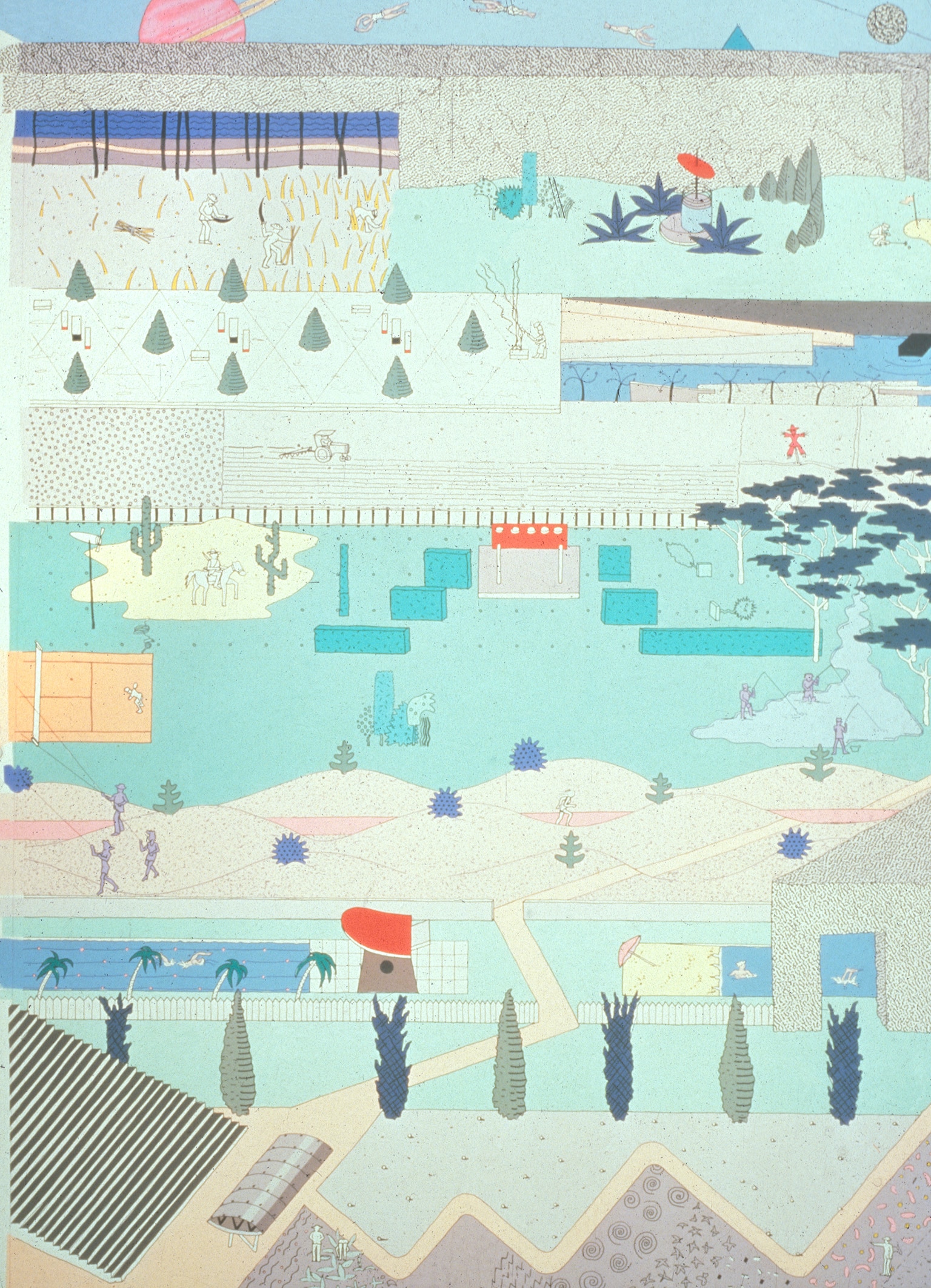
‘…the drawing for (Parc de) la Villette, which I did do, was based on very definite sources and some of that got adopted by other colleagues. Of course—although I’ve not thought of this until now—it was no gigantic leap if you were familiar with those Belgian cartoons. Willem-Jan Neutelings would always draw these little cartoons for the buildings he made, certainly when he opened his own office. Often that’s what the buildings are. The other inspiration was a painter in Chicago named Roger Brown, who made these tip-up paintings—all his scenes were using that perspective—and he was influenced by Italian 13-14th Century painting. In other words, before perspective, all the temporal episodes of a story are shown together. Sometimes even the most important element in the story of some biblical character—which happened to take place in the desert, far away—would nevertheless be depicted bigger. So, it’s a system that’s focused on content and delivery to unlettered people, rather than a technical drawing system bound by fixed rules.’
‘…I think in Elia’s (Zenghelis) drawings of the Hotel Sphinx—or Madelon’s (Vrispendorp) drawings where the buildings become characters in themselves—that’s something beyond normal representation. Maybe that’s about being drawn into a world. Certainly, in the paintings—the Captive Globe or the floating pool with New York in the background—it’s really a kind of myth. Some of the earliest reviews of that first OMA work in the press were really picking up on that. But of course, the constructivist architecture was also based on myths and stories: there’s going to be a new Soviet man etc. For that short, brilliant time those young architects could invent.’
— Alex Wall Transcript click here.
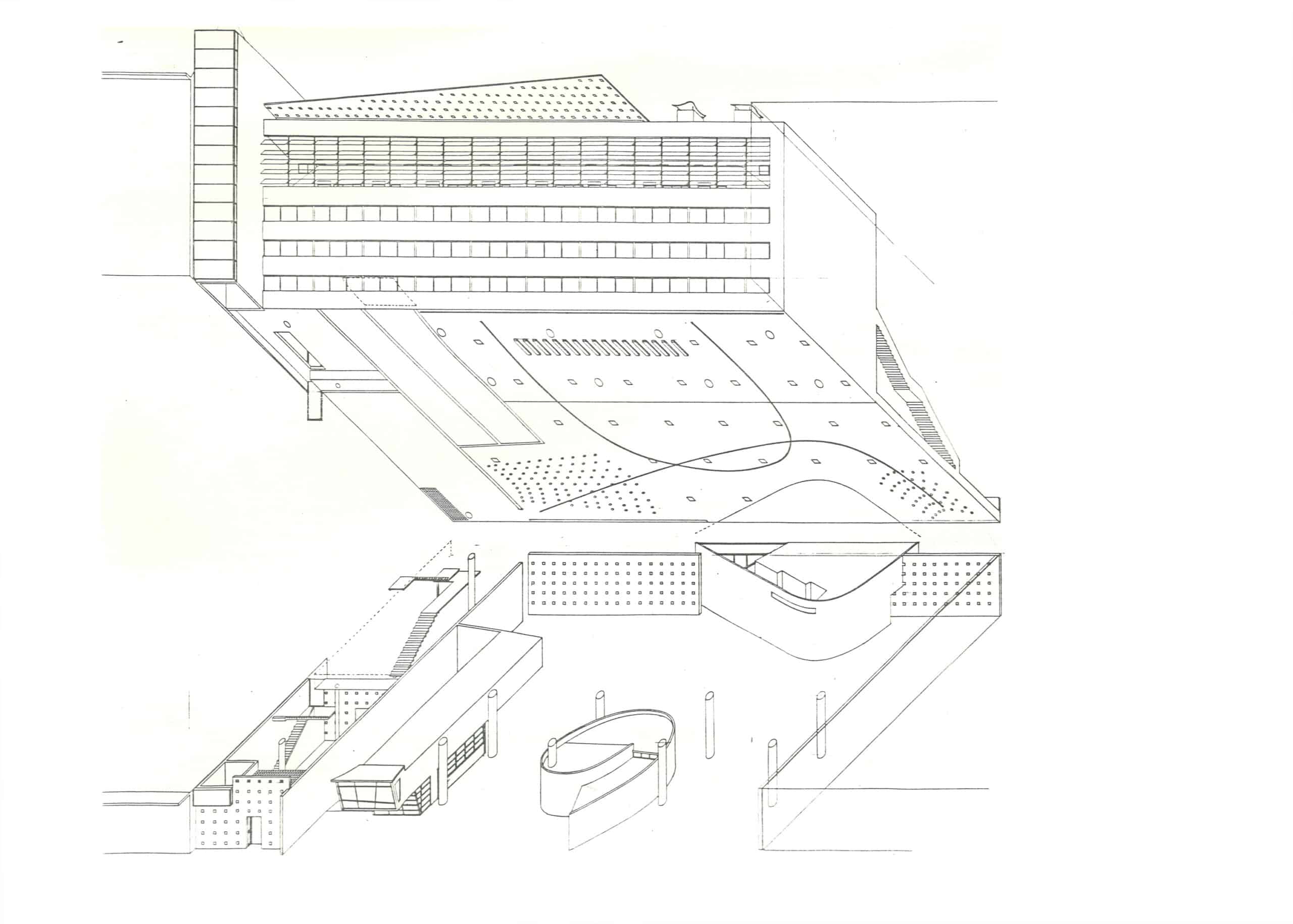
‘This, installation, unfortunately, survived only for approximately half a year because we handed over this lower part of the building on 1 November 1989. Eight days later the wall fell and the whole thing became an instant remnant of history. Ironically, in our report, when we were handing in the scheme, there was speculation that one day the wall would go and then this space—which was designed for military purposes at that moment—would turn into something useful like a supermarket. This is literally what we wrote at the time. It’s difficult to imagine today, how unthinkable it was at the time that the wall would disappear in the near future. The unification really came as a total surprise. Our design move was meant to be a provocation against this idea of continuity—against Aldo Rossi and its German sub-variations—and unexpectedly the provocation became fact.
[…]
‘The Checkpoint Charlie (IBA) project was also very significant for Berlin in a way, because it opened doors. It built bridges to the modernist tradition in Berlin. It brought back a discourse that was neglected in this postmodern context. The project was also dealing with the unfortunate history of the separation, the Cold War and everything else in a sort of, not quite positive, but a neutral way. This was new for Berlin, where everything was politically charged.’
— Matthias Sauerbruch Transcript click here.
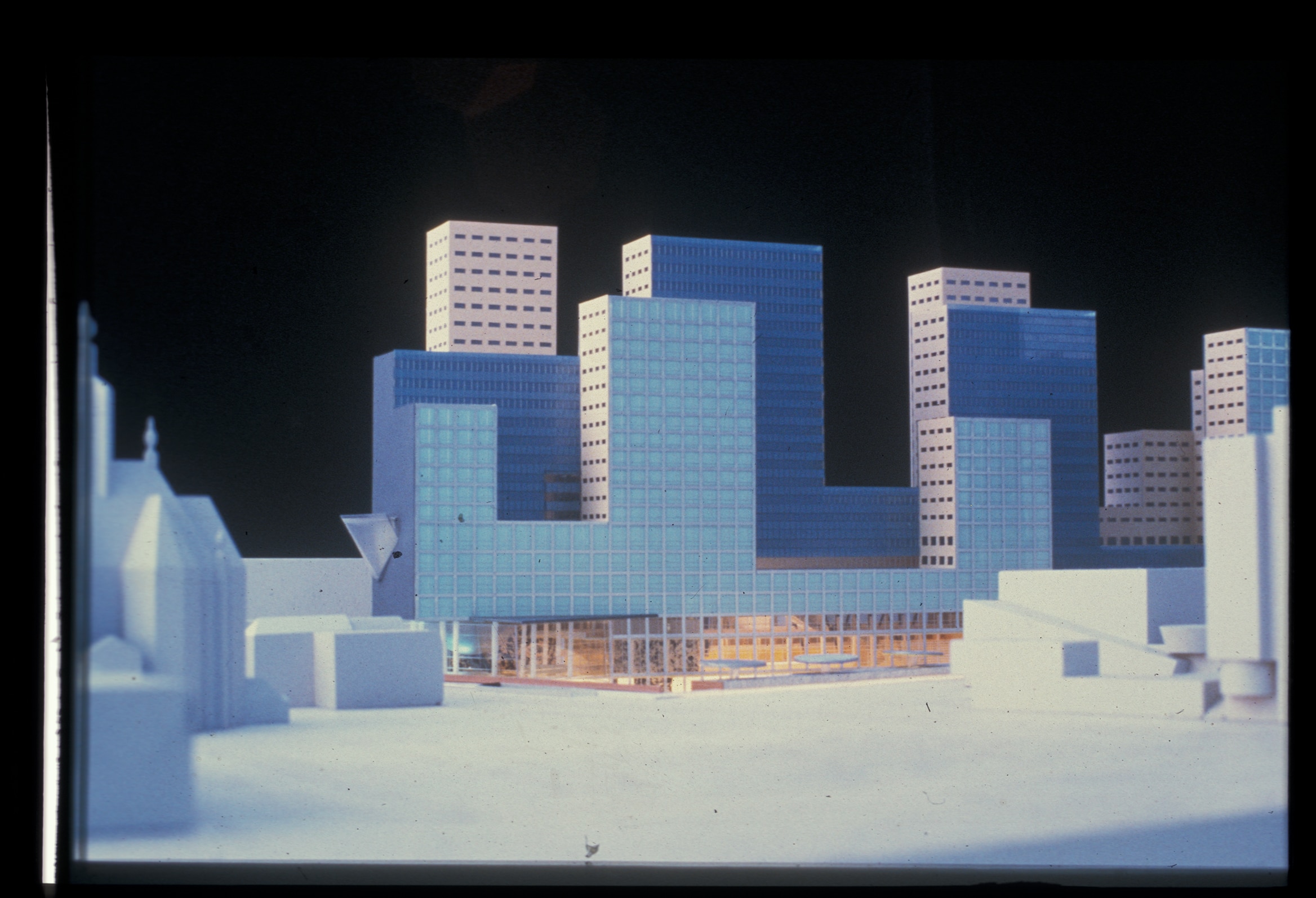
‘I always knew it was a great project. For me, the strongest part of the project was that towards the old centre of the Hague, it had this stone facade—the same materiality as the old buildings—but from the side where it’s seen from the train and with the other modern offices, it’s all curtain wall. Not quite schizophrenic, but certainly bipolar. Being totally modern but resonating with the city in material terms. Quite powerful.’
[…]
‘You know, Rem got the team together and right away we were in a kind of charrette to produce ideas [For the Hague]. Rem didn’t have an idea at the time. Neutelings was leading, and we were all doing our sketches, which Rem would take home on the weekend. Then, on Monday he came back with the project on a piece of A4 paper. There it was. But he would never have arrived at it without the process and the other people involved. People sketching and working on concepts.’
[…]
‘Rem was really, in an almost contrarian way, looking at what everyone was doing and thinking about how to come at it from the other end. He needed to see all the possibilities to determine the opposite. Again, maybe the ‘paranoid critical method’. Salvador Dalí kicking in again!’
— Ron Steiner Transcript click here.
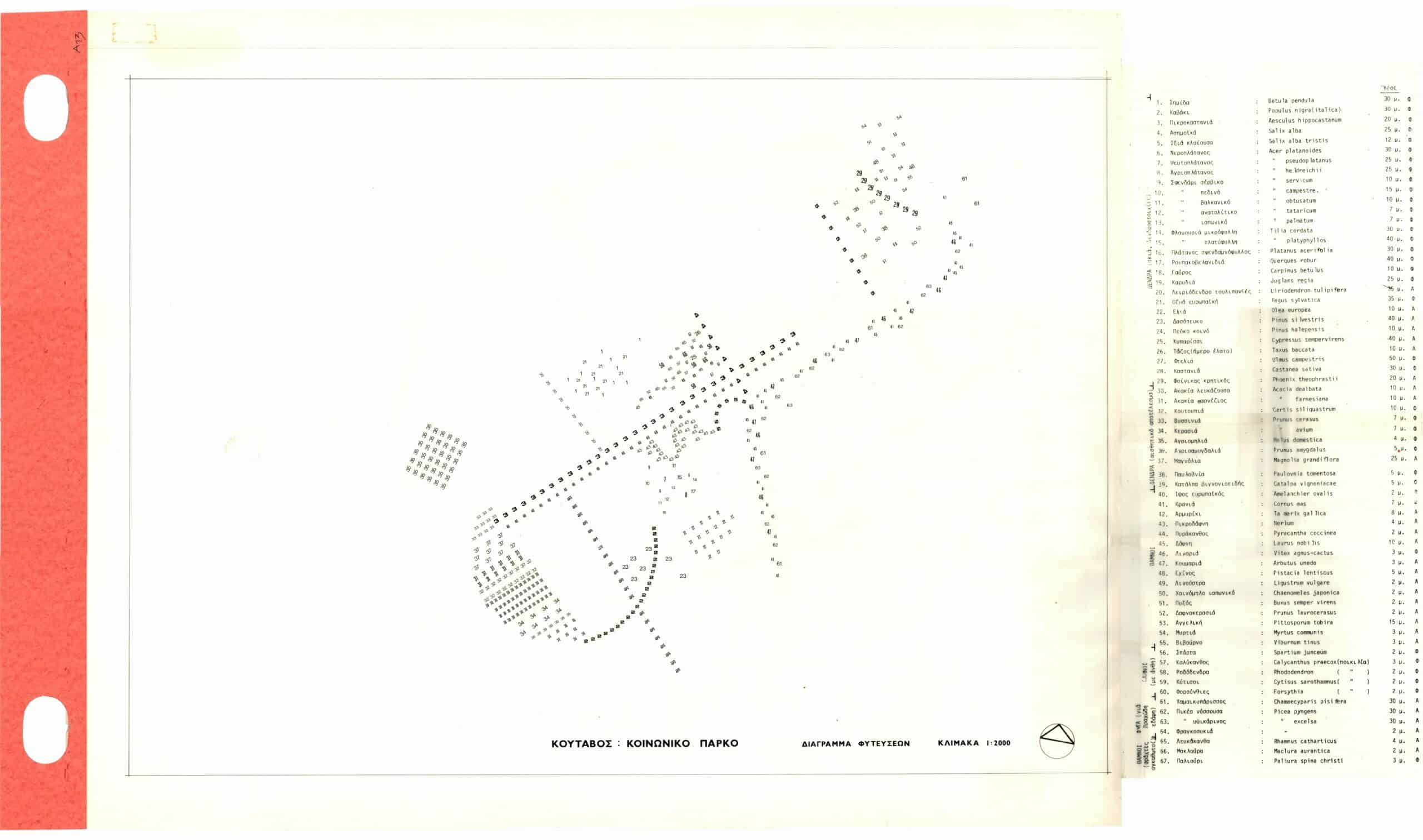
‘This is mine. I don’t know why, but it became a famous drawing. I remember when I produced this drawing, Rem saw it, and he wanted to put it as the cover for this L’Architecture d’Aujourd’hui issue. But eventually, he put the (Netherlands) Dans Theater in the Hague instead.’
[…]
‘I would say, in one word, [the value was] improvisation. But also a search for ideas. Every project was based on some very concrete idea, like a scenario. That was the basis on which all design and production took place. I’m not sure I use the right word, but it was a thrill working like this at OMA. All this freshness. I think this is lacking nowadays in architectural offices. Contemporary work is not rich in ideas. Maybe I’m obsolete, but I think drawing by hand is very important for this. At least I felt like that. That it was like ideas were growing out of your hands, you know? It’s not these sterile computerised things that are produced now. I mean, right now in this office, we’re doing it all on the computer—we cannot go back, it was a different period. But I found it very productive and fulfilling to work like that. I still remember the joy of participating in OMA.’
— Elias Veneris Transcript click here.
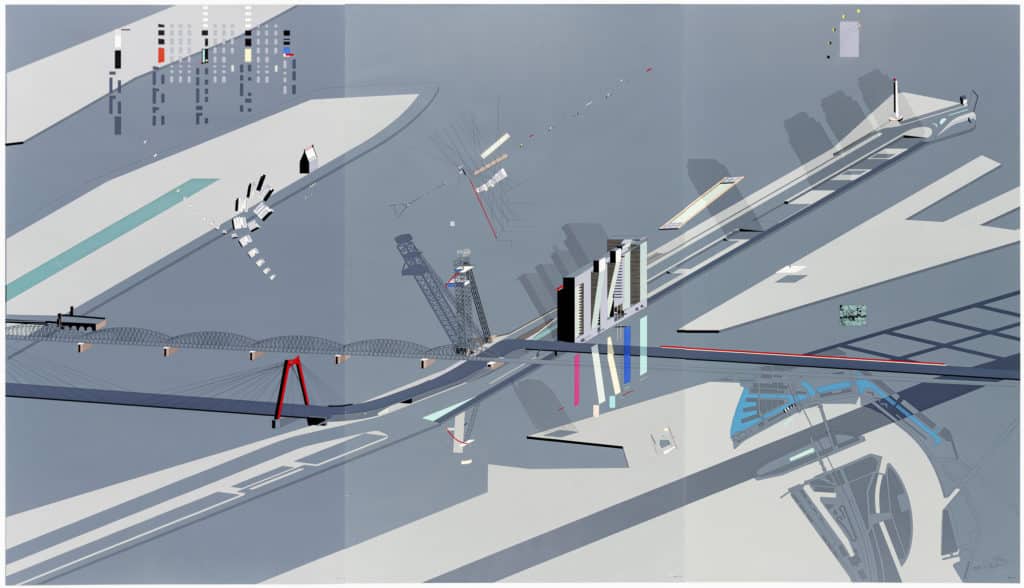
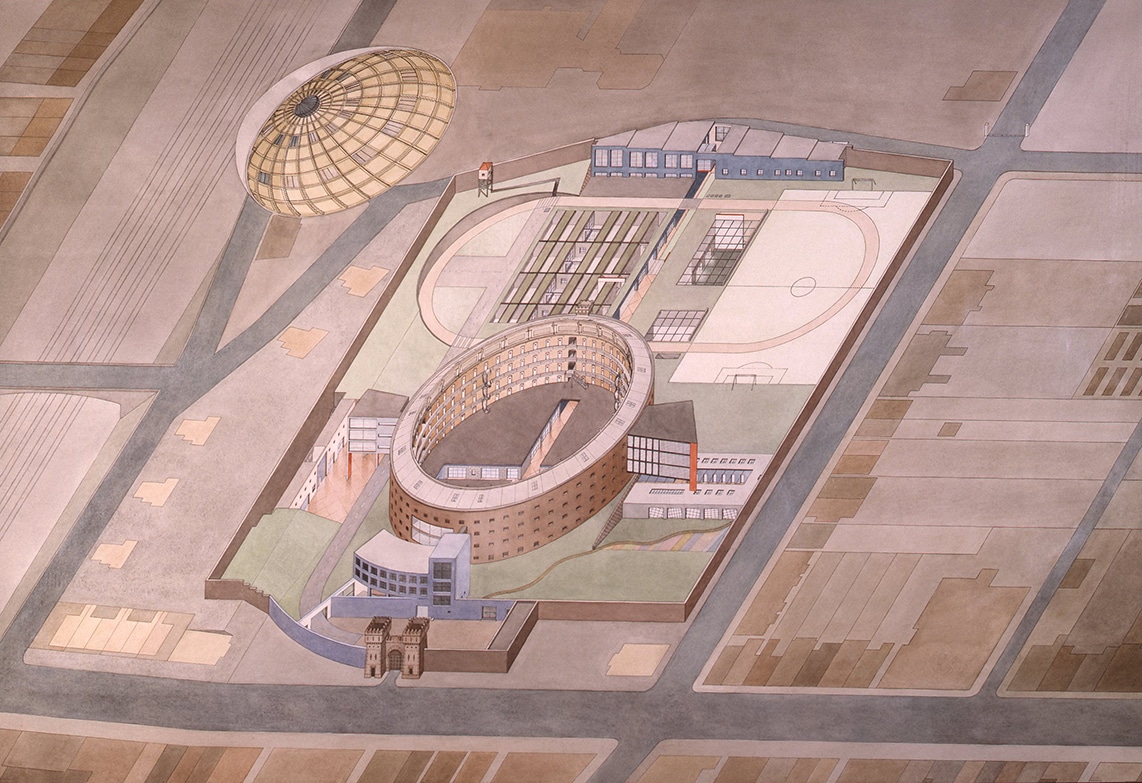
‘The Panopticon (Koepel Panopticon Prison) was a great project to work on to begin with. To understand the reasoning, how ideas came about. Rem confronted an architectural concept with it. What more of an architectural concept do you want than the Panopticon? You have to deal with it conceptually, you cannot just add a bit of post-modernism, make it prettier or whatever. The erasure of the centre of the Panopticon triggered all subsequent decisions. It flowed very easily. It almost designed itself because a process had been set in motion at a conceptual level. To see that was very exciting; very engaging to get going, to carry on working with it. That’s the crucial role that Rem always played: being able to formulate ideas, to put them in a light where you could work with them.’
[…]
‘I think the way we were working then is actually much more contemporary and relevant than anything I’ve experienced since. The idea that you can work together on things; that together you contribute to the development of ideas; that ideas develop in a conversation, a discussion and even a confrontation. That is of value, rather than the endless restatement that, ‘This is the newest’. When you’re involved in something that, ultimately, has repercussions for us all; what we do as architects—but also generally what we do as human beings—concerns everybody and everything. I think acting together and exchanging ideas brings so much more into the discussion. It enriches discussions. It makes pitfalls more obvious, but it also expands the domain of what we concern ourselves with.’
— Stefano de Martino Transcript click here.
